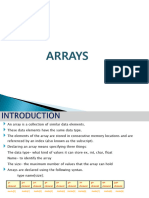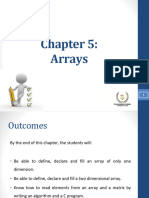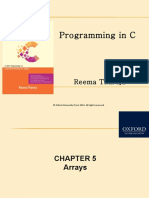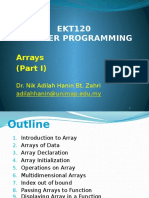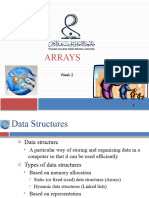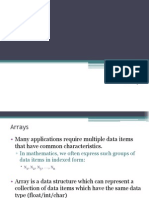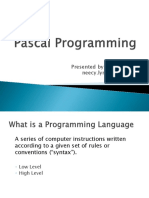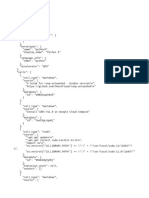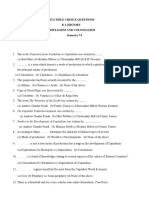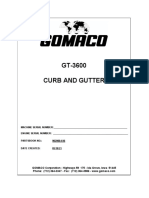0% found this document useful (0 votes)
3 views29 pagesArrays in Pascal
The document provides an overview of arrays and two-dimensional arrays (matrices) in the Pascal programming language, explaining their structure, initialization, and methods for filling them with data. It includes examples of declaring arrays, filling them at compile time and run time, and using loops to populate their elements. Additionally, it discusses potential runtime errors and demonstrates how to manipulate and display data in arrays and matrices.
Uploaded by
Drexla ReeCopyright
© © All Rights Reserved
We take content rights seriously. If you suspect this is your content, claim it here.
Available Formats
Download as PDF, TXT or read online on Scribd
0% found this document useful (0 votes)
3 views29 pagesArrays in Pascal
The document provides an overview of arrays and two-dimensional arrays (matrices) in the Pascal programming language, explaining their structure, initialization, and methods for filling them with data. It includes examples of declaring arrays, filling them at compile time and run time, and using loops to populate their elements. Additionally, it discusses potential runtime errors and demonstrates how to manipulate and display data in arrays and matrices.
Uploaded by
Drexla ReeCopyright
© © All Rights Reserved
We take content rights seriously. If you suspect this is your content, claim it here.
Available Formats
Download as PDF, TXT or read online on Scribd
/ 29






